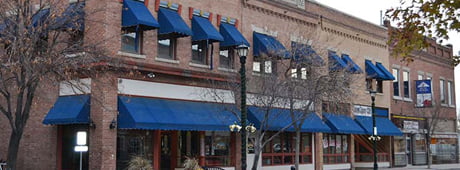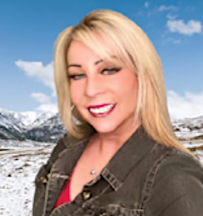No products in the cart.
Nampa—Spotlight City

A Letter to Ourselves
By Amy Story
IDAHO magazine first featured Nampa as a Spotlight City in our September 2003 issue. More than two decades later, here’s a very personal take on the place.
At the end of a cozy Nampa cul-de-sac, on a snowy day good for staying indoors, I sit to write a story of living in a town I encountered nearly forty years ago. For weeks I’d thought over how to convey so many experiences in one story and I’d decided to write a letter, perhaps a love letter, or something like it—a missive to the city that has held me for so long. At the kitchen table, holding a pen over multiple handwritten notes, I ponder how to start.
The letter has to be about unrequited love, because I can’t be sure how much the beloved has noticed my existence. Then I realize that in a sense, I’ll be writing to myself, because I am Nampa. Even more, we are Nampa. Father, mother, sister, brother, friend, lover. We all saw, heard, witnessed. It’s our story to tell to ourselves and to others. So, let Nampa tell it to me. With this in mind, I begin.
Dear Nampa resident,
We first laid eyes on you as a passenger in a rather unattractive orange van pulling into the driveway of a home on 7th Avenue South. We understood you were destined for Oakley, California, but there was some glitch, and you wound up here.
We knew that the driver was a caseworker, and as you nervously made your way up to the door of the Gifford residence, we heard him mention you were too wild for your actual parents, and this was your new foster home. He said you were unmanageable, but your look said you felt misunderstood.
Your foster mother opened the door and stepped onto the stoop. Unsure, you gazed shyly into her eyes, and then she took you in her arms. “I don’t know what happened to you, or where you’ve been, but none of that matters,” she said. “You’re mine now.”
That was your welcome into the family, and into your Nampa.
This content is available for purchase. Please select from available options.
Register & Purchase Purchase Only
Register & Purchase Purchase Only


One Response to Nampa—Spotlight City
Roy Cossairt -
at
What a fun way to make an informative and detailed story!